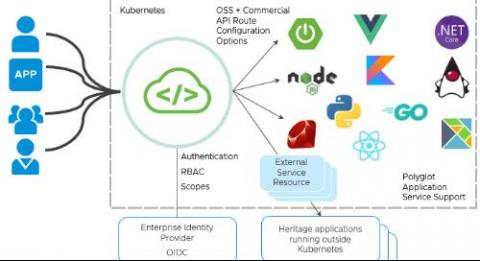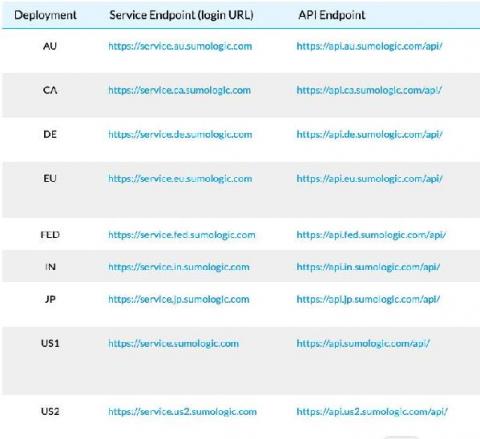Operations | Monitoring | ITSM | DevOps | Cloud
February 2021
How to monitor your API in just 2 simple steps?
In this post, I will show you, how to monitor your API in just 2 simple steps.
Using the CircleCI API to build a deployment summary dashboard
The CircleCI API provides a gateway for developers to retrieve detailed information about their pipelines, projects, and workflows, including which users are triggering the pipelines. This gives developers great control over their CI/CD process by supplying endpoints that can be called to fetch information and trigger processes remotely from the user’s applications or automation systems.
VMware Spring Cloud Gateway for Kubernetes, the Distributed API Gateway Developers Love, Is Now GA
For all the talk of digital transformation, there’s one workflow that tends to hinder release velocity: changes to API routing rules. But while—much to the consternation of enterprise developers everywhere—this process has historically remained stubbornly ticket-based, Spring Cloud Gateway removes this bottleneck. The open source project provides a developer-friendly way to route, secure, and monitor API requests.
How to Export Transaction Check Data with the Pingdom API
How to get a phone call when your API fails
Taking an API-First Approach to Network Management
Automating the potential workflows with Sumo Logic APIs
Monitoring Microsoft 365 User Experience using Microsoft Graph
Understanding the Graph API’s architecture and value in standard monitoring scenarios.











